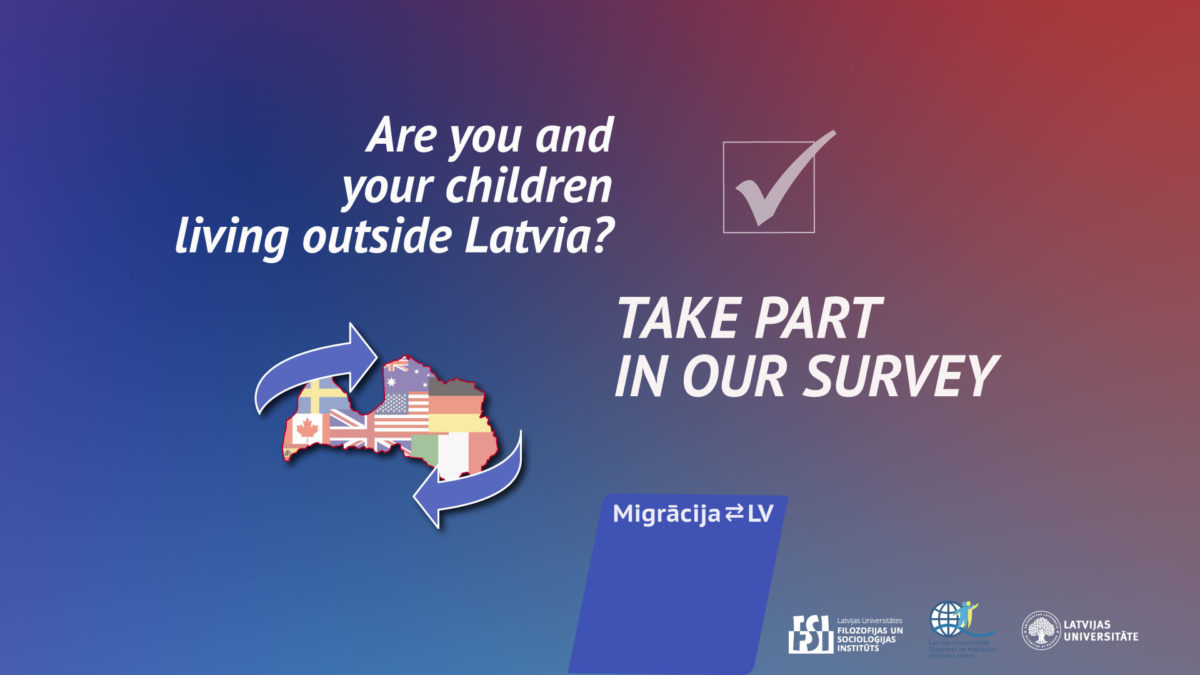Instrumental ensemble Dagamba have made a name for themselves both in Latvia and internationally not just for their technical skill and proficiency, but also their musical arrangements, which seamlessly combine both modern and classic elements. They have combined popular music with classical music on multiple albums, including Recycled, Ludwig Van Rammstein, and Seasons (a modern interpretation of Antonio Vivaldi’s ‘Four Seasons’). In 2019, they returned with Feat. Tchaikovsky which features arrangements of works by famous 19th century Russian composer Pyotr Ilyich Tchaikovsky that include contemporary elements.
Dagamba, featuring cellist Valters Pūce, pianist Dainis Tenis, percussionist and occasional vocalist Hamidreza Rahbaralam, bass cellist Antons Trocjuks, and drummer Artūrs Jermaks, were formed in 2011 and this is now their fifth album. The group has performed throughout Europe, including an appearance at the Glastonbury Festival in the UK.
The opening track, ‘Football’, begins with a traditional string introduction, based on Tchaikovsky’s ‘1812 Overture’, which then evolves into a thunderous, distorted take on the French anthem ‘La Marseillaise’. One assumes the title is meant to evoke the arena spectacle of a football game, with moments of quiet intensity followed by euphoric bursts of energy.
Tchaikovsky’s delicate ‘Dance of the Sugar Plum Fairy’ forms the foundation for Dagamba’s ‘Nutcracker Rock’, where the composer’s dreamy melody becomes almost sinister and grotesque. A similar effect is achieved in ‘Cosmos’, which also features a work from Tchaikovsky’s ‘The Nutcracker’ – ‘Waltz of the Flowers’. This track also begins with Dagamba’s interpretation of Richard Strauss’ famous introduction to ‘Also Sprach Zarathustra’, though this does sound somewhat out of place with the music that follows.
Rahbaralam provides vocals and rap on the track ‘Proto-Slavic Rap’, which incorporates Tchaikovsky’s ‘Marche Slave’. Rahbaralam’s vocals provide an additional musical layer to this performance. With no lyrics or translation provided, the listener is left to guess what Rahbaralam is singing, but perhaps this adds to the mysterious nature of the performance.
Dagamba also develop their own original compositions, such as the somber and melancholy ‘West Goes East’, composed by Pūce, as well as the driving, fateful ‘The Five’, composed by Tenis.
Dagamba have again successfully shown that music from hundreds of years ago can still sound modern and contemporary today. Their melding of classical melodies with more recent sounds and musical styles creates for enjoyable and unique pastiches, and reaffirms Tchaikovsky as one of the greatest composers in history – the composer’s melodies and works are still powerful and moving today.
For further information, please visit the Dagamba website.
Feat. Tchaikovsky
Dagamba
2019
Track listing
- Football
- Nutcracker Rock
- West Goes East
- Cosmos
- Proto-Slavic Rap
- The Five
- Black Swan
- Little Black Swan Dance
- Romeo and Juliet
- Variation No. 6




